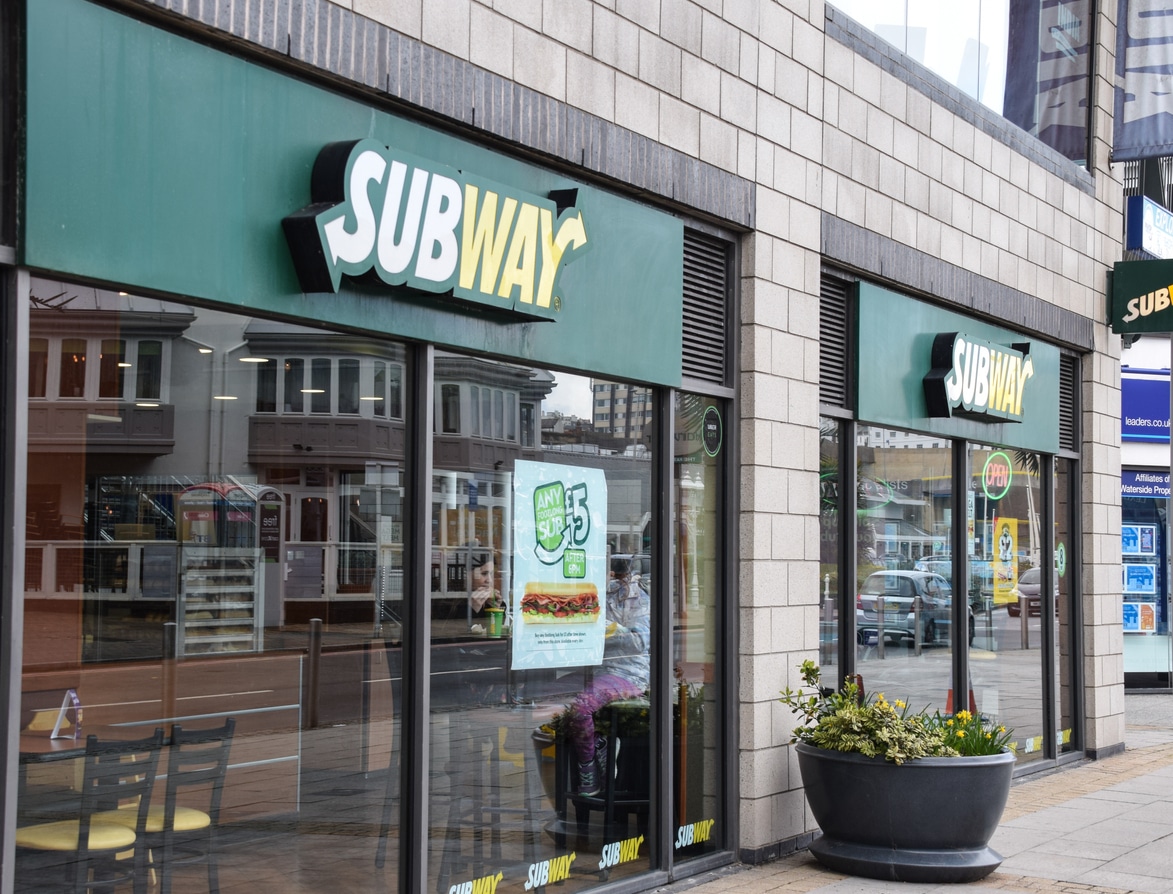Girl Injured After SUV Crashes into Subway Restaurant on Long Island
Michele Mirman | Car Accident | December 13, 2019

Earlier this week, a man lost control of his SUV and crashed into a Subway restaurant on Long Island. Fortunately, no one was seriously injured in the crash. A young girl dining inside at the time did, however, sustain minor injuries from flying debris.
According to reports, a Queens man turned into the Boundary Plaza shopping mall, where the Subway is located, when his car began to make unusual noises. As he pulled into a parking spot, he “recognized something was wrong with it” and took his foot off the brake. The car, however, surged forward – over a cement parking block, a metal post, and two steps – and crashed through Subway’s front window.
Glass and debris shattered into the restaurant, hitting the young girl. The restaurant itself will require extensive repairs, including a brand new front window. Police are calling this Long Island car accident “unfortunate.”
Despite the fact that this wasn’t intentional, the Subway restaurant and the girls’ family could decide to pursue compensation from the driver and any other parties who may have contributed to the crash.
Car Maintenance and Liability for Accidents in New York
This car accident apparently occurred because of a problem with the SUV. The driver explained that the car engine began to make “strange noises” and started “over-axleating” as he pulled up to the restaurant. Then, as he took his foot off the pedals, it surged forward on its own.
That’s not something a safe, normally-operating vehicle does. If this is the first time the car acted up, it’s unlikely the owner will face liability for the crash. However, things could become more complicated if the car had been making strange noises for a while and the owner did nothing to inspect or address the issue.
When you drive in New York, you owe others a duty of care. Simply put, you have to take reasonable steps to prevent accidents and harm. That requires following the rules of the road and driving carefully. It also involves making sure that the car you’re driving is safe. If you know that your car is having issues, it’s important to get it checked out. Proper car maintenance is part of your duty of care.
For example, let’s say a driver has really old tires on his car. They’re so old and worn that they’re completely bald. There’s no tread left. He knows this, but still drives the car, anyway. One day, it begins to rain, and the driver gets into an accident. He’s unable to stop his vehicle because the tires can’t grip the road surface. His failure to perform proper maintenance contributed to the accident. As a result, he could be liable for resulting damages.
The same logic could apply if the SUV driver knew that his car had been acting up, but didn’t take action to fix the problem. However, absent any knowledge or suspicion of a problem, he’s likely not responsible.
Manufacturers Can Be Liable for Accidents Involving Vehicle or Part Defects
Again, car engines shouldn’t make strange noises and cause a car to surge forward without warning. If the engine was maintained properly and used as intended, the company that sold or manufactured the car with that part could be on the hook for accident-related damages. In New York, companies that sell or create products have a responsibility to make sure that they’re safe. If it turns out that a product is unreasonably dangerous or defective, the company can be strictly liable if it causes harm.
If it turns out that the vehicle or engine was defective, the Subway restaurant or the young girl’s family could potentially file a product liability lawsuit against the car or engine manufacturer. They’d have to establish that their damages (including the cost of replacing or repairing property, medical bills, and emotional trauma) were caused by the defective product.
How Long Does Subway Have to File a Claim?
It depends. In New York, insurance is the primary source of compensation after an accident. Subway can file a claim with its own insurance provider to recover benefits to pay for the cost of repairs. That claim would have to be submitted within a reasonable amount of time. That’s a timeframe set by the insurance company, not state law.
If those repairs exceed what their insurer will pay, then the owners can consider additional legal action. If the owners decided to file a lawsuit against the driver, the SUV manufacturer, or another liable party, it would have a maximum of three years to do so.
